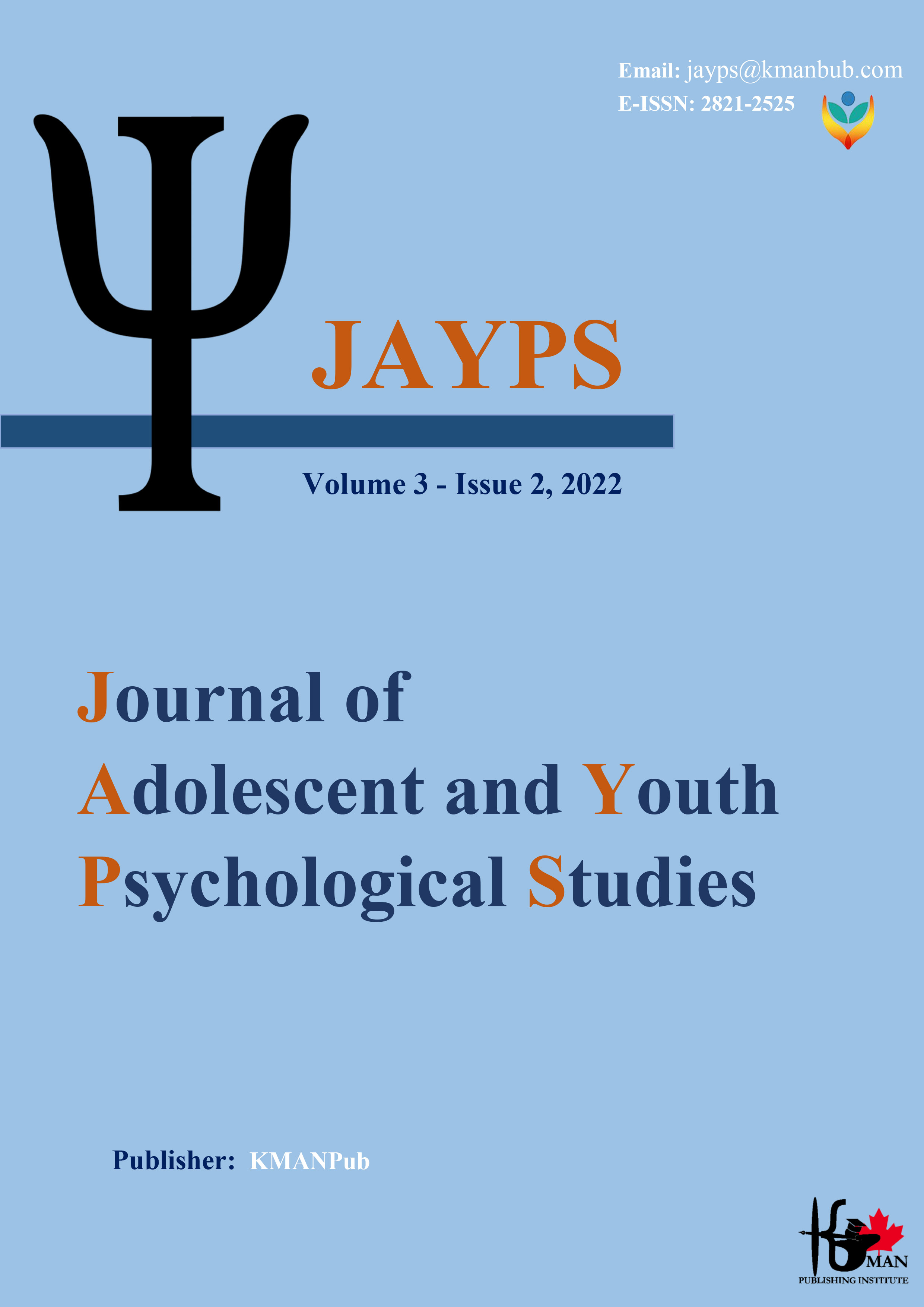The comparison of the effectiveness of traditional and combined (electronic and traditional) training on the cognitive load theory of girls’stuents in the seconds of level high school in kerman city
Keywords:
Traditional training, Combined training, Cognitive Load theory, studentsAbstract
Background and Aim: communication technology has had a tremendous impact on teaching-learning opportunities in various educational situations, including education; Therefore, the aim of the current research is to investigate the comparison of determining the effectiveness of traditional and combined education based on the theory of cognitive load in high school female students. Methods: This research is included in the group of experimental researches in which immediate and delayed pre-test-post-test design was used along with the control group. The statistical population of this research is made up of all the students of girls' schools of the second period of secondary school in one district of Kerman city, with a volume of 7200. According to the size of the population, the sample of this research consists of 45 female students in the age group of 18 years who were selected by multi-stage cluster sampling method and within each cluster, in a simple random manner. and a combination was designed and then implemented on the students of the experimental groups, each group of which was 15 people. In order to evaluate the effectiveness of these two educational methods, the dependent variable of cognitive load was measured in the area of internal and external cognitive load. The instrument for measuring these variables was the Pass and Van Merenboer (1994) questionnaire. Data analysis was done in quantitative and qualitative sections. Results: The results of the research showed that the level of satisfaction of the learners from the combined approach is significantly higher than the traditional group (P=0.01 <0.05 and F=1.36). The comprehensive students present in the course also expressed more satisfaction with blended learning compared to the traditional approach. In the field of learning, the results show that the learning rate of the students who participated in the combined training course is higher than other courses (p=0.01 < 0.05). Conclusion: Therefore, the education of students should be done in a multimedia way and technologies It should be updated, and in it, special attention should be paid to the principles of processing and cognitive load effects in order to reduce the external cognitive load, maintain the desired cognitive load and manage the internal cognitive load, as well as pay special attention to the lessons of the learners in order to maximize the efficiency of the students in terms of academic progress.
Downloads
Downloads
Published
Issue
Section
License

This work is licensed under a Creative Commons Attribution-NonCommercial 4.0 International License.









